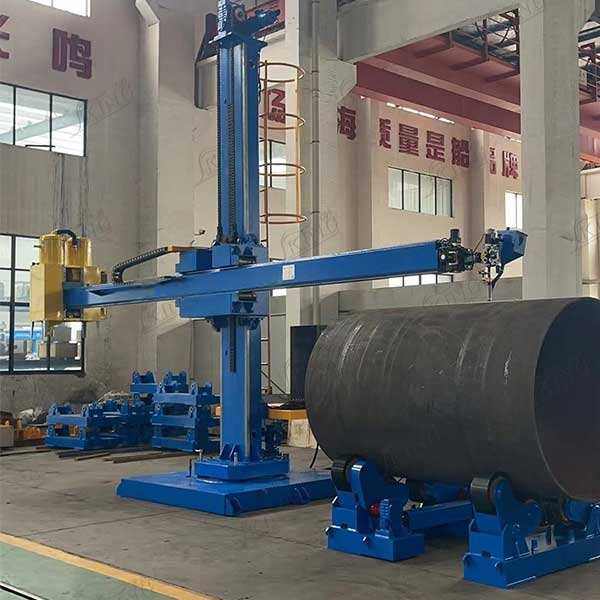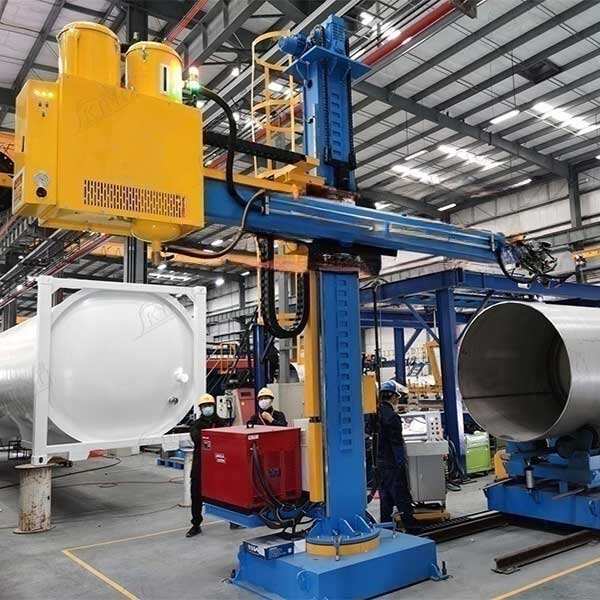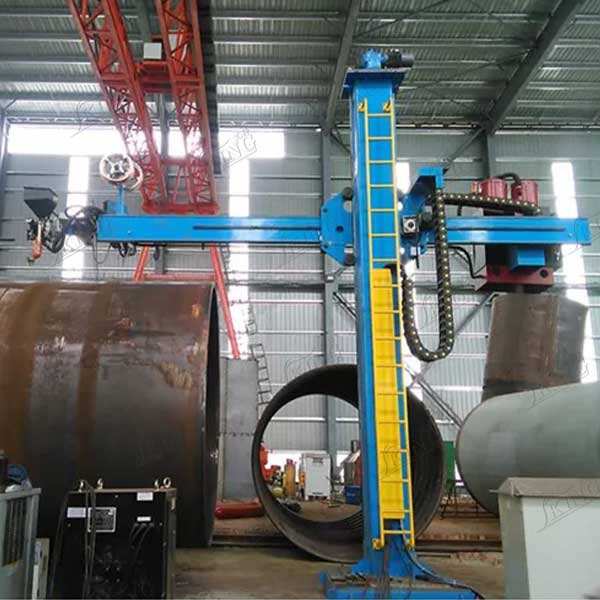기둥 용접기
컬럼 용접기는 수직 구조물 및 기둥의 정밀 용접을 위해 특별히 설계된 자동화된 용접 기술의 중요한 발전을 나타냅니다. 이 고도로 정교한 장비는 산업용 응용 분야에서 일관되고 고품질의 용접을 제공하기 위해 견고한 기계 공학과 첨단 제어 시스템을 결합합니다. 이 장치는 작업물 따라 부드럽게 이동할 수 있는 수직 이동 메커니즘을 갖추고 있으며, 속도, 온도, 관통 깊이 등 용접 파라미터를 정밀하게 제어할 수 있습니다. 모듈식 설계로 다수의 용접 헤드를 동시에 작동시킬 수 있어 생산성과 효율성을 크게 향상시킵니다. 시스템에는 첨단 센서와 실시간 모니터링 기능이 포함되어 있어 전체 공정 내내 용접 품질과 일관성을 보장합니다. 특히 다양한 재료 두께와 종류를 처리할 수 있는 능력은 여러 산업 분야에서의 유연한 적용이 가능하게 하며 주목할 만합니다. 일반적으로 컬럼 용접기는 특정 프로젝트 요구사항에 따라 맞춤 설정 가능한 용접 파라미터를 지원하는 자동 와이어 공급 시스템, 통합 냉각 장치 및 프로그래밍 가능한 제어 장치를 포함하고 있습니다. 이 장비는 정밀성과 신뢰성이 수직 용접 응용 분야에서 매우 중요한 구조용 철강 제작, 중장비 제조 및 건설 산업에서 필수적인 존재가 되었습니다.


